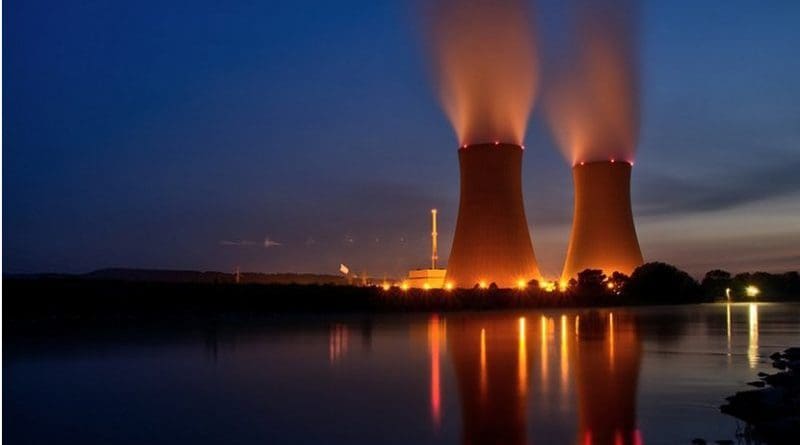Canadian Government Recognizes Nuclear As Clean Energy
The federal government’s inclusion of small modular reactors (SMRs) amongst clean energy technologies eligible for a new investment tax credit has been greeted as a clear signal that it considers nuclear power to be “clean energy” on a par with all other low-carbon technologies.
The 2022 Fall Economic Statement was released on 3 November by Deputy Prime Minister and Minister of Finance Chrystia Freeland, who said it focused on “building an economy that works for everyone … even as we face global headwinds, the investments we are making today will make Canada more sustainable and more prosperous for generations to come”.
The federal government, in its April 2022 budget, promised to establish an investment tax credit for investments in clean technologies, with a focus on net-zero technologies, battery storage solutions, and clean hydrogen.
“Following the adoption of the Inflation Reduction Act in the United States, the need for a competitive clean technology tax credit in Canada is more important than ever,” the statement notes, before going on to propose a refundable tax credit equal to 30% of the capital cost of investments in electricity generation systems including solar photovoltaic, small modular nuclear reactors, concentrated solar, wind, and water (small hydro, run-of-river, wave, and tidal). The credits are also available for stationary electricity storage systems (provided they do not use fossil fuels), low-carbon heat equipment, and industrial zero-emission vehicles, such as hydrogen or electric heavy-duty equipment used in mining or construction.
The government also indicates in the statement that it will consult on “additional eligible technologies (eg large scale-nuclear and large-scale hydroelectric)”. It will announce the specific details on what those technologies will be in its 2023 budget.
As proposed, the investment tax credit is expected to cost CAD6.7 billion (USD5 billion) over five years, starting in 2023-24. The update also includes up to CAD1.28 billion over six years for the Impact Assessment Agency of Canada and the Canadian Nuclear Safety Commission to increase their capacity and improve the efficiency of assessments.
“Including nuclear in the investment tax credit for clean energy technologies is a major step forward for the industry and great news for our climate and economy,” said John Gorman, President and CEO of the Canadian Nuclear Association (CNA). “It confirms what we at the CNA have been saying for years: that nuclear is clean energy, and must be a key part of Canada’s strategy to maintain energy security while reducing emissions on the path to net zero.”
The fiscal update comes in the same week that Ontario Power Generation (OPG) submitted an application for a construction licence to build Canada’s first commercial, grid-scale SMR at Darlington in Ontario, which is targeted to begin operation by 2028. OPG President and CEO Ken Hartwick said the “powerful” combination of federal and provincial government support sent a “resounding message” on clean energy development. “These measures will help ensure this critical infrastructure is successfully completed, while reducing costs for ratepayers,” he said.
Earlier this week, Ontario’s Minister of Energy Todd Smith led a trade mission to the Czech Republic, Poland and Estonia, which included discussions on SMRs. He also highlighted export opportunities for Ontario’s nuclear supply chain at the International Atomic Energy Association’s ministerial conference, held in Washington DC. “We applaud the new tax incentives for clean energy included in the federal government’s Fall Economic Statement,” he said.
“We encourage the federal government to continue to pursue measures that complement our approach, including expanding these measures to include all nuclear technologies and hydroelectric power generation, in recognition of the role they are already playing in helping to meet our growing energy needs,” he added.

